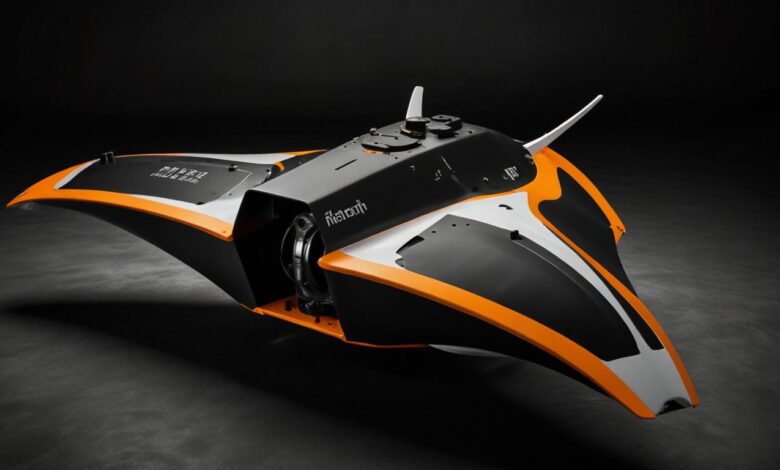Manta Ray Unmanned Underwater Vehicle Spotted at Naval Base Port Hueneme in California

The experimental Manta Ray unmanned underwater vehicle (UUV) developed by Northrop Grumman has been sighted at Naval Base Port Hueneme in California, attracting public attention with its large size and unique design. Launched by DARPA in 2020, the Manta Ray aims to revolutionize long-range underwater operations for the U.S. military through autonomous capabilities and energy conservation.
The experimental Manta Ray unmanned underwater vehicle (UUV) developed by Northrop Grumman has been spotted on satellite images at the Naval Base Port Hueneme in California. This discovery, visible on Google Maps, has drawn public attention due to its significant size and unusual design.
Launched by the Defense Advanced Research Projects Agency (DARPA) in 2020, the Manta Ray aims to enhance the U.S. military’s long-range and long-term underwater operations. Its development focuses on creating an autonomous system that can “hibernate” on the seafloor, conserving energy without the need for refueling or human intervention.
The UUV’s modular build allows for easy disassembly, repair, and reconfiguration to suit diverse missions such as surveillance, underwater mapping, and mine operations. Official measurements indicate that it has a wingspan of 45 feet and a length of 33 feet. The Manta Ray has undergone initial water tests, successfully demonstrating its ability to perform tasks autonomously, such as planning routes and anchoring.
Despite these tests and public appearances, detailed specifications and dimensions remain undisclosed by Northrop Grumman and DARPA. Further testing and technological enhancements are anticipated as the Manta Ray progresses towards full operational capability with the U.S. Navy.








